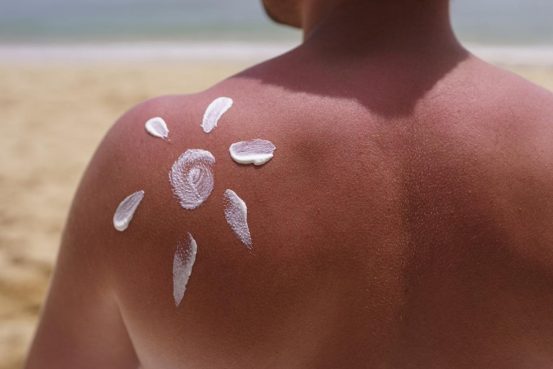
As customers come to be progressively savvy regarding skin care, the argument in between chemical and physical sunscreens remains to be a warm subject. While both offer crucial security versus the sun's unsafe ultraviolet (UV) rays, physical sun blocks are frequently lauded for their gentle yet efficient formula, making them a favored selection for those with delicate or reactive skin. The key to their success depends on their active components, which create a physical obstacle on the skin to shut out UV radiation. This short article will look into the globe of physical sun blocks, concentrating on their vital active ingredients: zinc oxide and titanium dioxide.
Unlike their chemical counterparts, which soak up UV radiation and transform it right into warm, physical sun blocks work by sitting on top of the skin to form a shield that deflects and spreads both UVA and UVB rays. This device is why they are often referred to as "sunblocks." The key advantage of this approach is its immediate performance upon application and the reduced possibility of triggering skin irritability, as the active ingredients are not absorbed right into the skin.
One of the most celebrated active ingredient in the physical sun block family is Zinc Oxide. This giant mineral is unique in its capability to offer broad-spectrum protection, indicating it effectively protects the skin versus the full range of UVA and UVB rays. UVA rays are responsible for early aging, consisting of creases and fine lines, while UVB rays are the primary source of sunburn. By supplying comprehensive protection against both, zinc oxide plays a critical duty in preventing sunlight damage and minimizing the danger of skin cancer cells.
Furthermore, zinc oxide is renowned for its soothing residential properties. It has actually been used for centuries to treat minor skin irritabilities, rashes, and burns, a testimony to its mild nature. This makes sun blocks developed with zinc oxide a perfect choice for individuals with sensitive skin, acne-prone skin, or conditions like rosacea and dermatitis. Its non-comedogenic residential or commercial properties likewise suggest it is less likely to block pores, an usual problem for those with oily or mix skin.
The various other key player in the physical sunscreen classification is Titanium Dioxide. This naturally happening physical sunscreen ingredients mineral is another exceptional component for developing a physical barrier versus UV rays. It is extremely reliable at reflecting and spreading UVB radiation, offering robust defense against sunburn. While it offers good protection across the UVB range, it is usually taken into consideration much less reliable against long-wave UVA rays compared to zinc oxide.
Therefore, titanium dioxide is usually made use of along with zinc oxide in sunscreen solutions. This combination creates a collaborating result, boosting the total broad-spectrum defense of the product. By leveraging the staminas of both components, formulators can create a sun block that supplies thorough and dependable defense versus the sunlight's harmful rays. Like zinc oxide, titanium dioxide is also gentle on the skin and is an ideal choice for those with sensitive or easily irritated skin.
In the last few years, improvements in formulation modern technology have actually attended to one of the initial downsides of physical sunscreens: the thick, white actors they would frequently leave on the skin. Modern formulations currently utilize micronized or nano-sized fragments of zinc oxide and titanium dioxide, which permits a more cosmetically elegant application without compromising their safety capacities. This indicates you can appreciate the gentle, efficient security of a physical sunscreen without the tell-tale white deposit.
To conclude, physical sunscreens offer a dependable and gentle way to protect your skin from the sunlight. Their celebrity ingredients, zinc oxide and titanium dioxide, operate in harmony to create a physical guard that disperses damaging UVA and UVB rays. With their excellent safety account and suitability for all skin types, particularly sensitive skin, physical sun blocks are a powerful force in the fight versus sun damages. The next time you are Surf the sunscreen aisle, consider the effective, protective, and skin-loving advantages of a physical formulation.